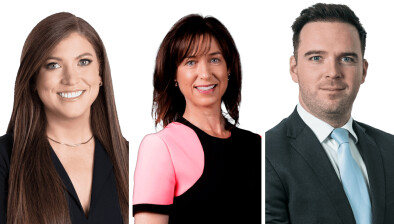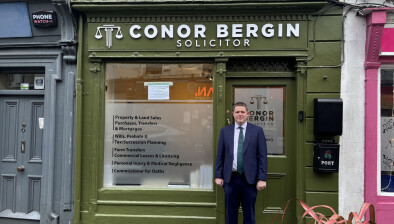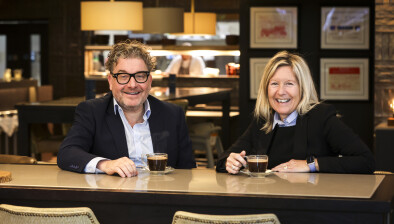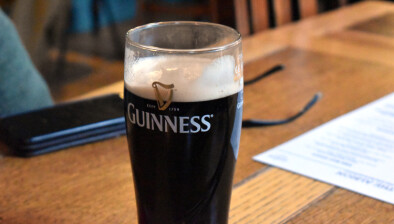District Court: Music licence granted to publican despite objection to sound levels being emitted from venue
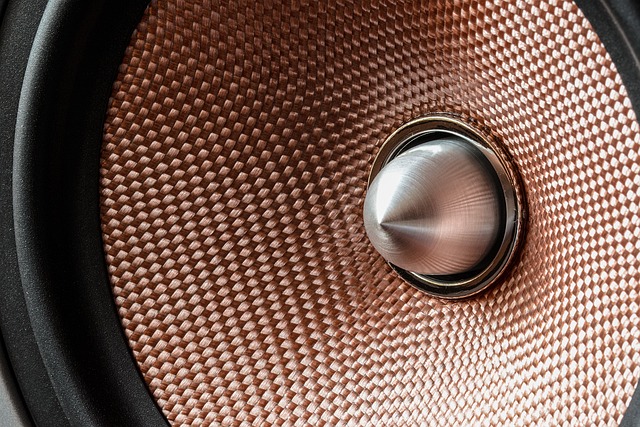
The District Court has granted a music licence to a publican on condition that the noise emissions from the venue would be limited to 85 decibels. A neighbour had objected to the grant of the licence to the Lamplighter pub on the basis that excessive sound levels were being produced by live music between Friday and Tuesday nights.

About this case:
- Citation:[2023] IEDC 1
- Judgment:
- Court:District Court
- Judge:Judge Marie Quirke
Delivering judgment in the case, Her Honour Judge Marie Quirke held that context and location were relevant considerations, noting that the neighbours had chosen to purchase the property beside an adjoining pub with an existing music licence at the time. Having regard to the expert evidence, the court held that the licence should be granted. However, certain conditions were imposed in order to limit the overall noise emanating from the venue.
Background
The Lamplighter was a long-established pub based in Dublin 8 and held a Public Music and Singing Licence for three nights each week on Friday, Saturday and Sunday. In 2014, the objectors purchased a property adjoining the pub. The father owned the property and the son lived there while studying at university.
New owners purchased The Lamplighter in 2017 which resulted in music being played five nights a week from Friday to Tuesday nights. The son claimed that the music was so loud that he could not sleep or study in the property.
The Lamplighter was owned by Creative Real Estate Limited and, in November 2019, a lease was grated to Wondervale Limited. Previously, the bar had been leased to Weavers Taverns Limited. Notably, each of the companies were run by members of the same family.
The objectors had previously issued injunction proceedings in the Circuit Court but this case was settled in July 2018. The terms of the settlement included inter alia an agreement that amplified sound levels would not cause a three decibel increase in ambient noise levels at the objector’s property. It was also agreed to have a sound limiter in the pub which could not be tampered with and for speakers to be directed away from the adjoining property.
The history between the parties had been fraught. The objectors previously succeeded in an appeal that a smoking area in the Lamplighter was not an exempted development, while the licensee made a complaint about the objectors to the Data Protection Commission regarding CCTV being set up to monitor the pub.
Both parties relied on the evidence from noise experts. The objector’s expert contended that a “subjective audibility test” should be applied. It was stated that if music and noise levels were subjectively audible in the adjoining property then that noise level was unacceptable.
The licensee’s expert outlined that he had not been allowed by the objectors to access a vent in the nominated room of the adjoining property. As such, he was not able to assess the ambient noise level of the room. However, he detailed that the noise level in the pub after music had finished was 83 decibels and was between 86–88 decibels with the entertainer in progress.
District Court
Judge Quirke began by outlining that there were no other objectors in the case and that the gardaí were also not objecting to the licence. The court noted the requirements for the grant of a licence under section 2(2) of the Public Dance Halls Act 1935, which included inter alia the character of the applicant, the suitability of the premises and the hours in which music would be played.
Further, the court was required to have regard to “any other matter which may appear to be relevant” when hearing a licence application (see Application of Michael Quinn [1974] I.R. 19). The court could impose conditions on the licence but could not grant a reviewable licence (see Sheehan v Reilly [1992] 1I.R. 368).
The court was satisfied that there was a “difficult and acrimonious” relationship between the parties and both sides bore responsibility for this.
It was noted that the experts focused on the Lamplighter venue and the bedroom in the adjoining property (the main source of the objector’s complaint). Both experts referred to the World Health Organisation guidelines from 1999 on community noise, which set 30 decibels as the optimum noise levels for sleep during night hours.
The court held that the WHO guidelines did not constitute law and it was noted in the document that noise legislation was not generally enforced (see Smyth v the Railway Procurement Agency and Veolia Transport Dublin Light Rail Ltd [2010] I.R. 290). The court also referred to EU law which required member states to draw up “strategic noise maps” in order to deal with noise abatement.
However, there was no relevant EU or domestic law which set out the appropriate decibel levels, other than the Safety, Health and Welfare at Work Regulations 2007 which provided that workers must be informed if noise levels were likely to exceed 85 decibels.
The court rejected the “subjective audibility test” as a basis for refusing the licence. It was said that the objectors had chosen to purchase a property which adjoined a lively pub in the inner-city. Further, it was noted that the objectors had to prove that their “annoyance” at the sound levels to the standard of the reasonable man accustomed to living in the same locality (see Hanrahan v Merck Sharp and Dohme Ireland Ltd [1988] ILRM 629).
It was also held that social life in a city entailed a certain amount of recreation and, as such, this context was important when considering concerns about noise emissions.
Further, the court noted that the licensee’s expert was not given access to the vent in the objector’s bedroom, so it was not clear if the vent was blocked or unblocked when ambient noise levels were measured. The court accepted that it did not have sufficient evidence to establish the ambient noise levels in the bedroom due to this lack of clarity on the vent.
Taking into account all the evidence and the disagreement between the experts, the court held that the maximum decibel level to be permitted at the Lamplighter was 85 decibels for music and entertainment.
Conclusion
The court granted the application for the licence to the applicant. However, certain conditions were imposed on the licence, which included inter alia that the maximum noise level would not exceed 85 decibels, that a sound limiter be put in place in a tamper-proof container, speakers would face away from the adjoining property and time limits were to be strictly adhered to by the pub.
Bruggener and Anor. V. Wondervale Limited t/a The Lamplighter [2023] IEDC 1







